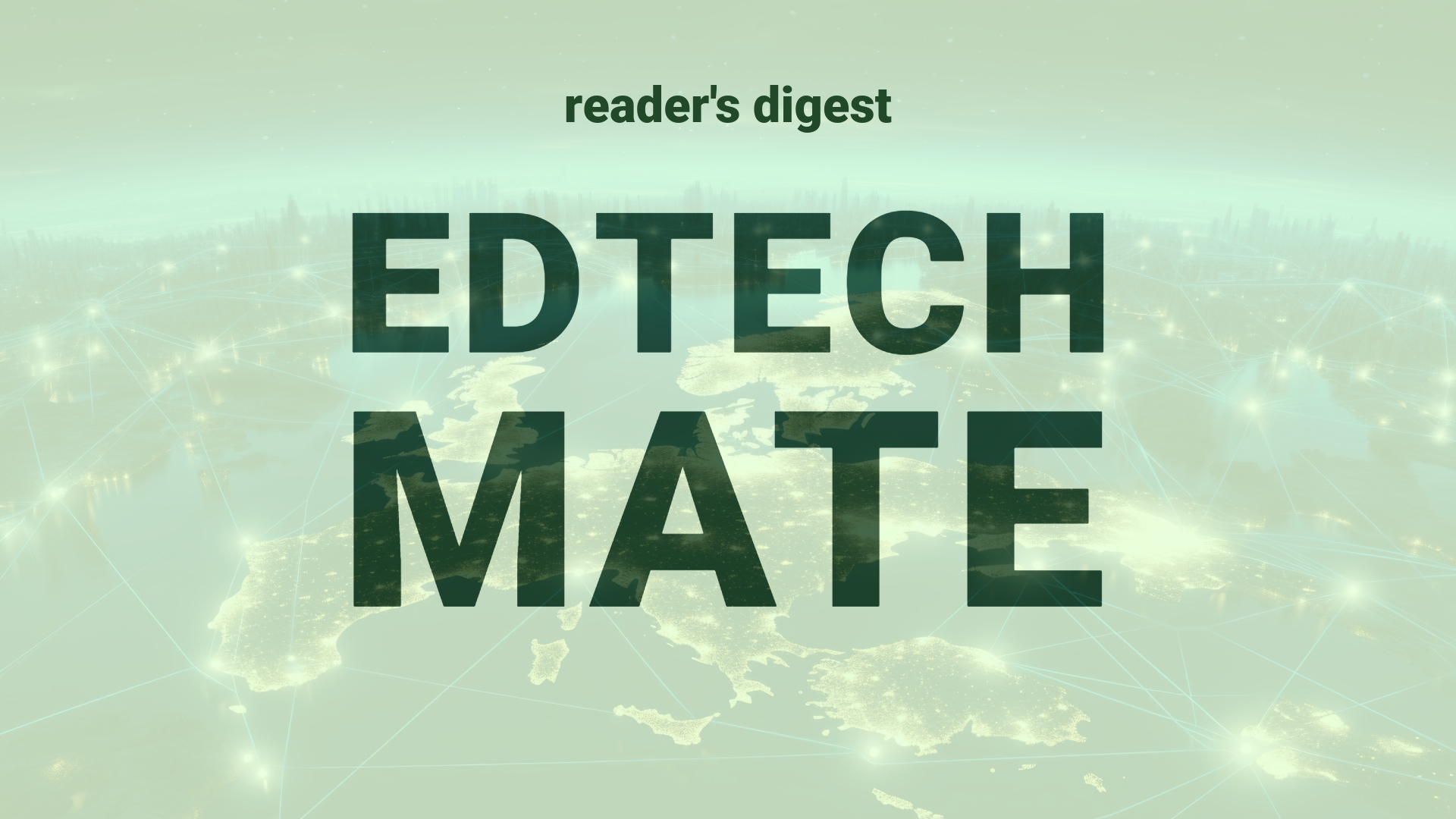Executive Summary and Main Points
Recent cyberattacks on the United States’ water infrastructure, including the Wichita water system hack, underscore a rising trend in cybercrime targeting essential utilities. Experts like Ryan Witt from Proofpoint and Stuart Madnick from MIT elaborate on the prevalent use of conventional cyberattack approaches, such as phishing and exploitation of system vulnerabilities. With reports from the EPA and concerns raised by the FBI, NSA, and CISA, it’s evident that an alarming number of water systems display cybersecurity deficiencies. These incidents highlight the urgent need for reinforced cybersecurity measures in critical infrastructure, employing strategies such as air-gapped systems and improved cyber hygiene to mitigate risks of AI-enhanced cyber threats.
Potential Impact in the Education Sector
The escalation of cyberattacks on critical infrastructure has significant implications for Further Education, Higher Education, and Micro-credentials. Knowledge-sharing, research collaborations, and curriculum development must reflect the need for increased cybersecurity measures. As digital transformation shapes learning environments, strategic partnerships between educational institutions and cybersecurity firms become crucial in preparing a workforce adept at countering digital threats. The integration of cybersecurity principles and AI threat mitigation in academic programs will not only provide resilience to infrastructural technology but also contribute to safeguarding educational data integrity and student privacy.
Potential Applicability in the Education Sector
Innovative applications leveraging AI and digital tools present numerous opportunities for global education systems. Incorporating AI-driven simulations and gamification could enhance cybersecurity training, allowing for real-world scenario testing without risks. Blockchain technology might be applied for secure certifications, protecting micro-credentials and academic records. Digital platforms offering continuous professional development in cybersecurity would empower staff and faculty, cultivating a culture of security awareness. These applications facilitate experiential learning and contribute to the augmentation of global educational standards.
Criticism and Potential Shortfalls
While the growing focus on cybersecurity in utility infrastructure is salutary, it also invokes criticism and highlights potential shortfalls. Comparative international case studies reveal disparities in the cyber resilience of countries’ educational systems, indicating a global digital divide. Critics point to budget constraints, infrastructure inertia, and the slow pace of governmental action, which often does not pre-empt cyber threats. Furthermore, ethical concerns arise regarding digital surveillance, privacy, and the influence of AI on decision-making. Segments of the population may be disadvantaged by the rapid technological change, highlighting the need for inclusive, culturally sensitive cybersecurity education policies.
Actionable Recommendations
To combat the emerging cyber threats effectively, it is recommended that international education leadership take proactive steps. These include integrating cybersecurity topics into the core curriculum, encouraging interinstitutional cybersecurity training collaborations, and establishing partnerships with tech firms for the development of secure educational platforms. Investments in AI for threat detection, adaptive learning for personalized security education, and realistic cyber defense exercises should also be prioritized. Regular audits and updates of educational IT systems can further bolster defenses against potential cyberattacks. Fostering a proactive, security-focused culture within the educational sector is imperative for mastering the challenges presented by digital transformation.
Source article: https://www.cnbc.com/2024/06/26/americas-drinking-water-under-attack-china-russia-and-iran.html

